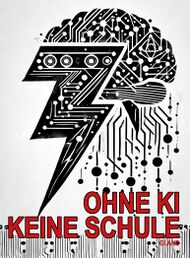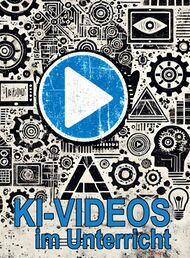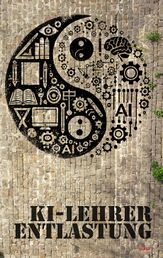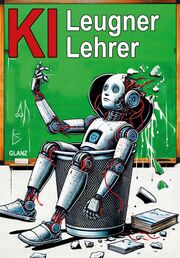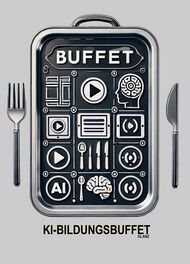Englischlernen - Körperteile / Body Parts


Englischlernen - Körperteile / Body Parts
Introduction to Body Parts
The human body is a complex and fascinating structure composed of various parts, each with its unique function and importance. From our head to our toes, every part plays a crucial role in our overall health and well-being. In this module, we'll explore the different body parts (Körperteile) and their functions, enhancing our vocabulary in English and gaining a deeper understanding of human anatomy. This module is designed to be interactive, with activities and tasks to engage learners of all ages, making it a perfect resource for school use.
Understanding the Human Body
The human body is made up of numerous parts, each serving a specific purpose that contributes to the functioning of the body as a whole. Let's start by exploring some of the major body parts and their roles.
Head and Neck
The head (Kopf) is the upper part of the body that contains the brain, eyes, ears, nose, and mouth. It is supported by the neck (Hals), which connects the head to the rest of the body.
- The brain (Gehirn) is responsible for thought, memory, emotion, touch, motor skills, vision, breathing, temperature, hunger, and every process that regulates our body.
- The eyes (Augen) allow us to see, while the ears (Ohren) enable us to hear.
- The nose (Nase) is involved in breathing and smell, and the mouth (Mund) is essential for eating, drinking, and speaking.
Torso
The torso (Rumpf) houses many of the vital organs.
- The heart (Herz) pumps blood throughout the body.
- The lungs (Lungen) are responsible for breathing.
- The stomach (Magen) and intestines (Darm) play a key role in digestion.
Limbs
Humans have four limbs: two arms and two legs.
- The arms (Arme) are used for lifting, holding, and manipulating objects.
- The legs (Beine) provide support for the body and are essential for movement.
Interactive Activities
Quiz: Test Your Knowledge
What is the primary function of the brain? (Processing information and controlling the body) (!Pumping blood) (!Digestion) (!Breathing)
Which body part is responsible for hearing? (Ears) (!Eyes) (!Nose) (!Mouth)
What does the heart do? (Pumps blood throughout the body) (!Processes information) (!Helps in digestion) (!Supports the body)
Where are the lungs located? (Torso) (!Head) (!Arms) (!Legs)
What are the legs used for? (Movement and supporting the body) (!Holding and manipulating objects) (!Breathing) (!Seeing)
Which part of the body is involved in digestion? (Stomach and intestines) (!Brain) (!Arms) (!Ears)
What function does the nose serve? (Breathing and smelling) (!Seeing) (!Hearing) (!Speaking)
Which body part is essential for speech? (Mouth) (!Ears) (!Eyes) (!Legs)
How many limbs does a human have? (Four) (!Two) (!Six) (!Three)
What is the role of the eyes? (Seeing) (!Hearing) (!Digesting) (!Pumping blood)
Memory
| Brain | Thought and control |
| Heart | Blood circulation |
| Legs | Movement |
| Ears | Hearing |
| Eyes | Vision |
Crossword Puzzle
| Gehirn | The organ responsible for thought and control |
| Herz | Pumps blood throughout the body |
| Beine | Used for movement |
| Ohren | Essential for hearing |
| Augen | Provide the ability to see |
LearningApps
Fill in the Blanks
Open Tasks
Easy
- Draw a picture of the human body and label at least ten body parts in English.
- Create a collage using pictures of different body parts found in magazines or newspapers.
Standard
- Write a short essay on the importance of taking care of your body parts, including examples of how to do so.
- Research and present on a body part of your choice, focusing on its function and importance.
Difficult
- Develop a short presentation on the effects of exercise on different body parts.
- Create an educational video explaining the functions of the major organs in the human body.
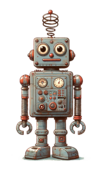

Oral Examination Questions
- Discuss how the different body parts work together to perform a complex task like playing a piano.
- Explain the impact of poor lifestyle choices on specific body parts and the body as a whole.
- Describe the process of digestion from the mouth to the intestines.
- Compare the functions of the sensory organs (eyes, ears, nose, tongue, and skin).
- Illustrate the journey of a red blood cell through the human body.
OERs on Body Parts
Links
Share - Discuss - Rate
Schulfach+

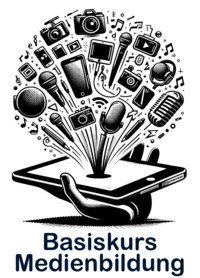
aiMOOCs



aiMOOC Projekte
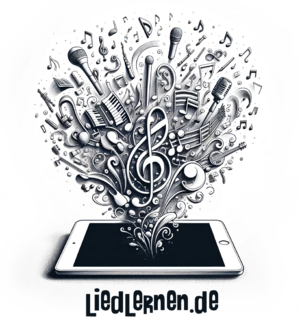

YouTube Music: THE MONKEY DANCE

Spotify: THE MONKEY DANCE
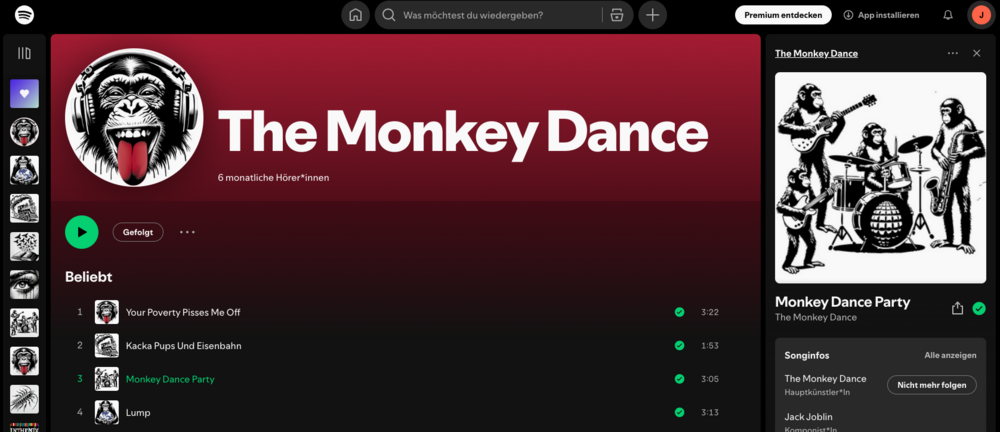
Apple Music: THE MONKEY DANCE

Amazon Music: THE MONKEY DANCE

The Monkey Dance SpreadShirtShop

|
|
|

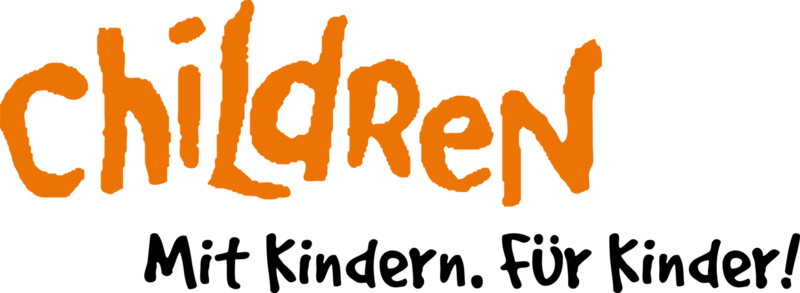
Children for a better world >> Förderung der AI Fair-Image Challenge
Fair-Image wird von CHILDREN JUGEND HILFT! gefördert und ist mit der deutschlandweiten AI Fair-Image Challenge SIEGERPROJEKT 2025. Alle Infos zur Challenge hier >>. Infos zum Camp25 gibt es hier. Wenn auch Ihr Euch ehrenamtlich engagiert und noch finanzielle Unterstützung für Eurer Projekt braucht, dann stellt gerne einen Antrag bei JUGEND HILFT.
































